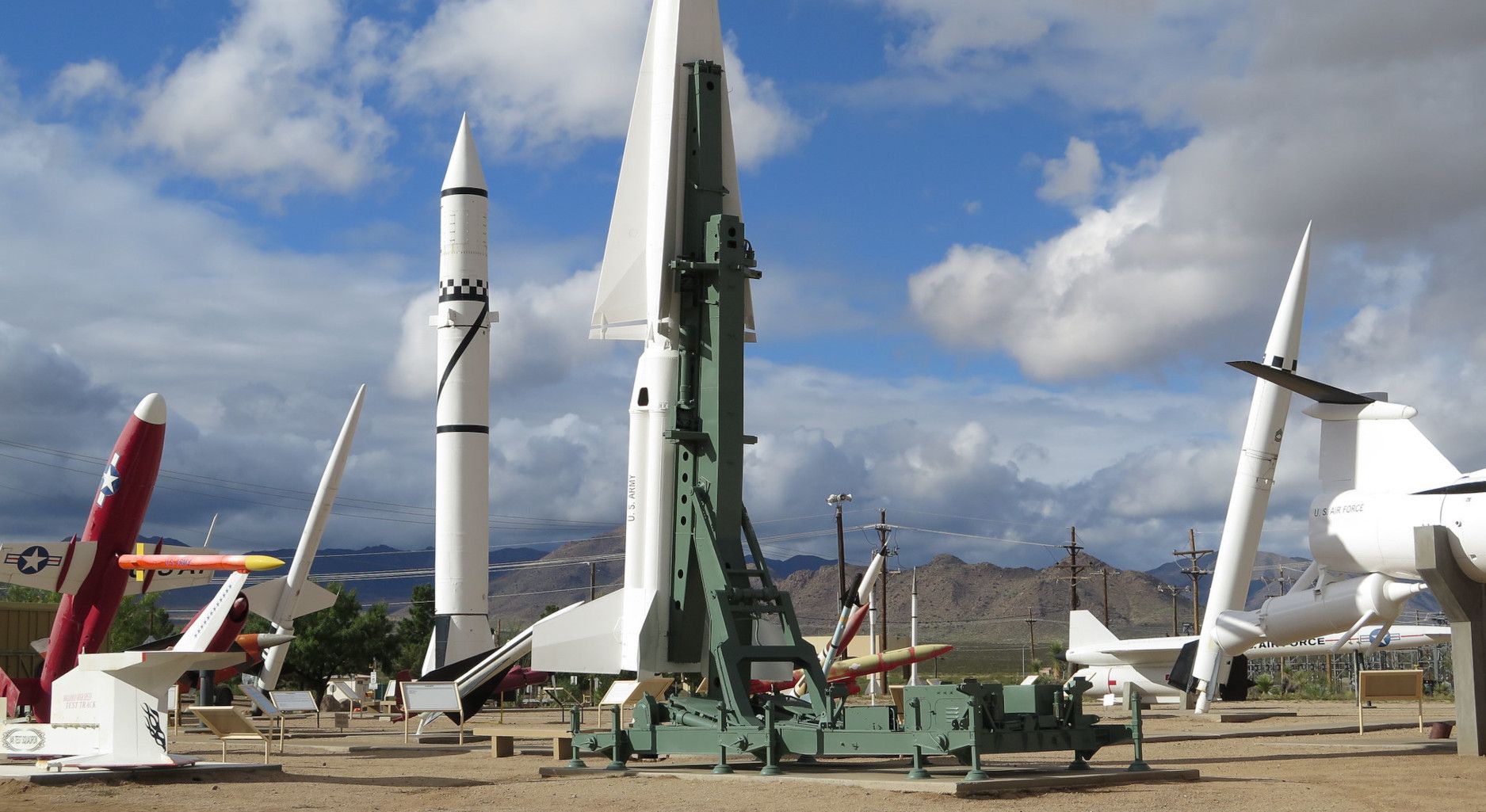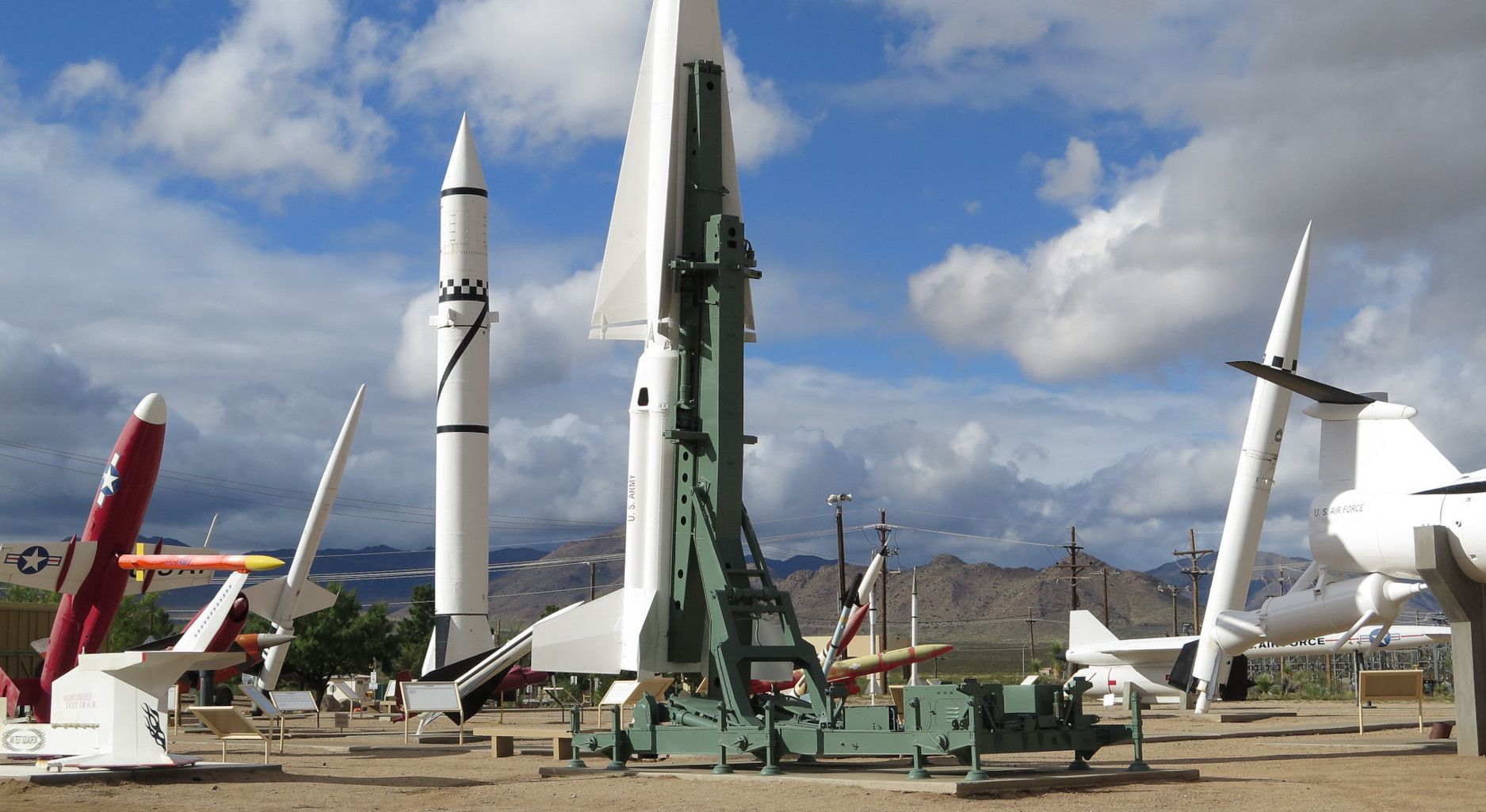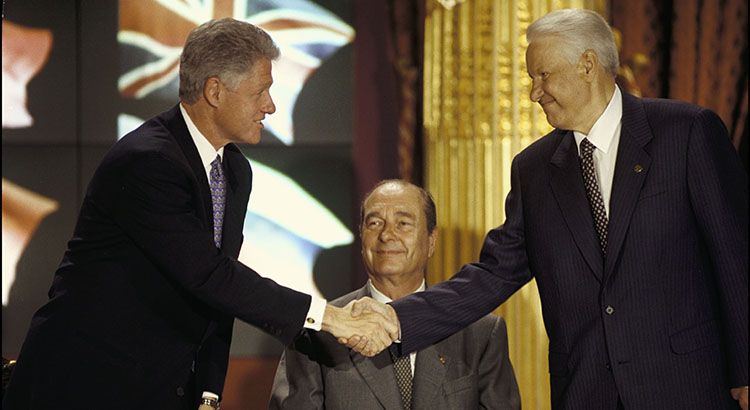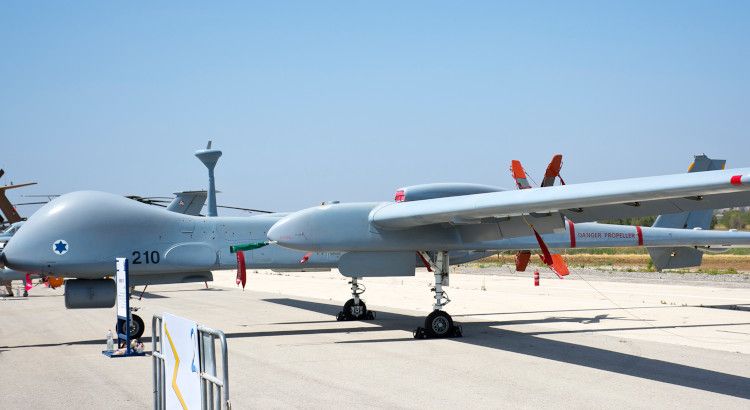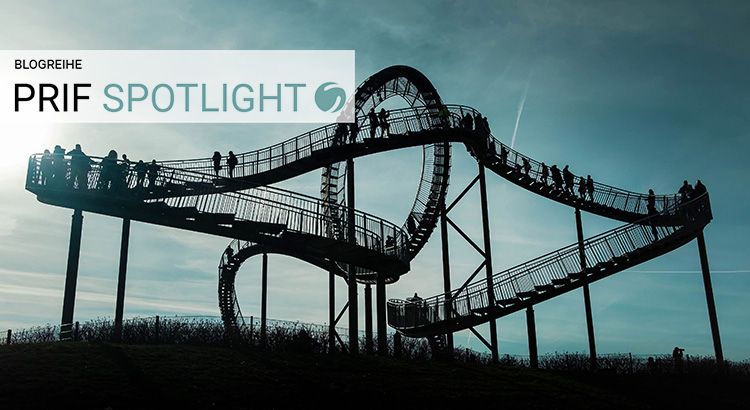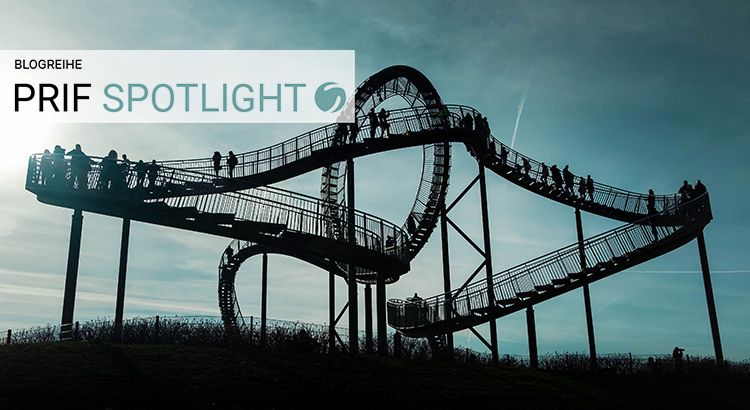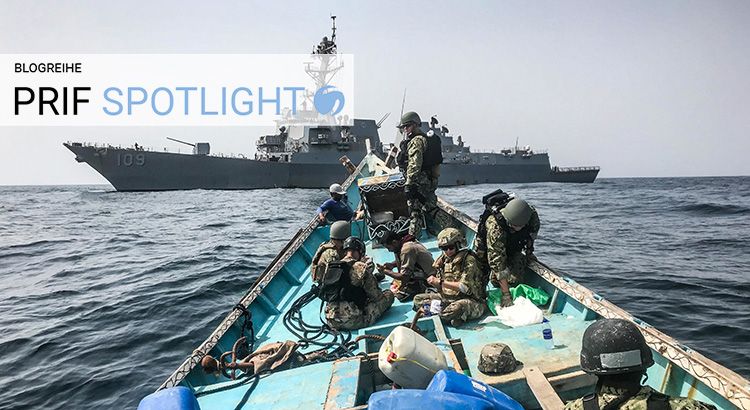Schlagwort: Rüstungskontrolle
This month, the Tenth Review Conference of the Non-Proliferation Treaty (NPT) is taking place in New York City. The meeting of states parties, postponed four times because of the Covid pandemic, had originally been scheduled for April 2020. With Russia's war of aggression against Ukraine, the geopolitical context has since deteriorated to the point where progress on nuclear disarmament and nonproliferation seems almost impossible. The war and Russia's nuclear threats are fostering a renaissance of nuclear deterrence and rearmament and are threatening to deepen pre-existing fissures in the NPT. To counter the looming erosion of this cornerstone of global arms control, we need to acknowledge the darker side of nuclear deterrence that the Ukraine war is exposing. Understanding the current crisis as a crisis of nuclear deterrence can open up opportunities for de-escalation, disarmament and arms control – similar to the transformative effects of the Cuban Missile Crisis during the Cold War.
New York, Kiew, Havanna: Wir brauchen den Erstschlagverzicht
Im August tagt in New York die Zehnte Überprüfungskonferenz des Nichtverbreitungsvertrags (Non-Proliferation Treaty, NPT). Das Staatentreffen, das ursprünglich im April 2020 stattfinden sollte, wurde wegen der Corona-Pandemie viermal verschoben. In dieser Zeit hat sich mit dem russischen Angriffskrieg gegen die Ukraine die politische Großwetterlage so verschlechtert, dass Fortschritte in der Abrüstung und Nichtverbreitung von Nuklearwaffen kaum möglich scheinen. Der Krieg und die nuklearen Drohungen Russlands befördern eine Renaissance der nuklearen Abschreckung und Aufrüstung und vertiefen bestehende Risse im NPT. Um der drohenden Erosion dieses Grundpfeilers der globalen Rüstungskontrolle etwas entgegenzusetzen, müssen wir gerade jetzt die Schattenseiten der nuklearen Abschreckung anerkennen, die der Ukraine-Krieg offenlegt. Die gegenwärtige Krise der Abschreckungspolitik als solche zu begreifen, kann – wie schon bei der Kuba-Krise im Kalten Krieg – Chancen für Deeskalation, Abrüstung und Rüstungskontrolle eröffnen.
Vom Scheitern der Bündniskooperation mit Russland. Am 27. Mai wird die NATO-Russland-Grundakte 25 Jahre alt
Die NATO-Russland-Grundakte vom 27. Mai 1997 wird 25 Jahre alt. Angesichts der völkerrechtswidrigen Annexion der ukrainischen Halbinsel Krim im März 2014 und der Destabilisierung der Ostukraine ab April 2014 durch russische Aufständige sowie dem völkerrechtswidrigen Angriff auf die Ukraine seit dem 24. Februar 2022 ist das anstehende Jubiläum der Grundakte kein Grund zum Feiern, sondern besiegelt das Scheitern der Bündniskooperation mit Russland. Wie kam es dazu und was sind die Gründe dafür?
Die Heron wird bewaffnet: Mehr als 10 Jahre #Drohnendebatte finden ihr Ende
Plötzlich ging es ganz schnell: Noch vor zwei Wochen hatte das Bundesministerium der Verteidigung noch eine Informationsveranstaltung für die Mitglieder des Verteidigungsausschusses des Bundestages durchgeführt, an der auch der Blogautor teilgenommen hat. Nun ist klar: Das BMVg kann die schon seit längerem geflogene israelische Drohne Heron TP bewaffnen. Eigentlich war klar, dass die bewaffnete Drohne kommen würde - die Argumente der Befürworter und Kritiker lagen schon lange auf dem Tisch. Dieser Text legt nun den Fokus auf die Debatte selbst und zeigt, dass sich die internationale Lage und die Bundeswehr selbst so gewandelt haben, dass die Entscheidung zur Bewaffnung nun folgerichtig ist.
AI for Arms Control: How Artificial Intelligence Can Foster Verification and Support Arms Control
Time and again, modern technology has enhanced arms control - with satellites, surveillance planes or more potent sensory equipment – to detect traces of forbidden substances. More recently, uncrewed vehicles found their way into the arsenals of arms control inspectors, enhancing verification. A very promising yet more difficult application will be to make use of artificial intelligence (AI) in arms control. However, many people have mixed emotions when it comes to AI, and exaggerated hopes as well as unjustified fears dominate the debate. The aim of this paper is to dispel reservations and, based on small projects, show how AI can be used in a reasonable way to enhance arms control and verification without getting caught up in hype.
The Art of Engineering at the NPT Review Conference. How Germany and Other Umbrella States Can Build Bridges
At the Non-Proliferation Treaty Review Conference (NPT-RevCon) in January 2022, states parties must find a positive way to deal with a new pillar of the global nuclear architecture: the Treaty on the Prohibition of Nuclear Weapons (TPNW). Bridges must be built to secure the overall stability and thus strengthen disarmament and arms control. The umbrella states in particular should demonstrate their engineering skills in this regard and mediate between nuclear weapon states and TPNW states.
Ingenieurskunst für die NPT-RevCon. Wie Deutschland und andere Schirmstaaten Brücken schlagen können
Bei der Überprüfungskonferenz des Nichtverbreitungsvertrages (NPT-RevCon) im Januar 2022 müssen die Vertragsstaaten einen positiven Umgang mit einem neuen Pfeiler der globalen Nukleararchitektur finden: dem Vertrag zum Verbot von Nuklearwaffen (TPNW). Brücken müssen gebaut werden, um die Gesamtstatik zu sichern und so Abrüstung und Rüstungskontrolle zu stärken. Gerade die Schirmstaaten sollten dabei ihre Ingenieurskunst beweisen und zwischen Nuklearwaffenstaaten und TPNW-Staaten vermitteln.
Restriktive Regeln für Rüstungsexporte? Ein Blick in die Wahlprogramme der Parteien
Eine große Mehrheit der Deutschen lehnt Rüstungsexporte in Kriegs- und Krisengebiete ab. Dennoch zeigt der Blick in die Geschichte, dass bislang alle an der Regierung beteiligten Parteien Exporte an problematische Drittstaaten wie Mexiko, Ägypten oder Saudi-Arabien genehmigt haben. Welche Pläne äußern die Parteien im aktuellen Wahlkampf für Rüstungsexporte – an Drittstatten, aber auch innerhalb der NATO und Europäischen Union? Dieser Blogbeitrag vergleicht die Positionen von CDU/CSU, SPD, FPD, Bündnis 90/Die Grünen, der Linken sowie der AfD.
Arms Transfers in the Gulf of Aden. Shining the Spotlight on Regional Dynamics
Since the outbreak of the war in Yemen in 2015, the state has seen a growing influx in the supply of weapons. These weapons are both legally and illegally provided by regional and international powers to all major factions of the conflict. While arms transfers and their effects on the conflict in Yemen have received considerable attention, a lesser known fact is that weapons are increasingly circulating between Yemen, Somalia and Djibouti – the three states adjoining the Gulf of Aden. Against this background, this text shines the spotlight on weapons flows dynamics in a highly militarized region.
Bloß Neustart oder Renaissance nuklearer Abrüstung? New START um fünf Jahre verlängert
Die Verlängerung von New START ist gesichert. Damit ist die seit zwei Jahrzehnten fortschreitende Auflösung zahlreicher Rüstungskontrollabkommen vorerst gestoppt. Es ist noch lange keine Renaissance der nuklearen Abrüstung. Hierzu müssen die Risiken nuklearer Eskalation minimiert und sub-strategische Nuklearwaffen in den Blick genommen werden. Es braucht außerdem die Einbindung Chinas und ein Upgrade der bilateralen Rüstungskontrolle auf die multilaterale Ebene. Wie kann das gelingen?
